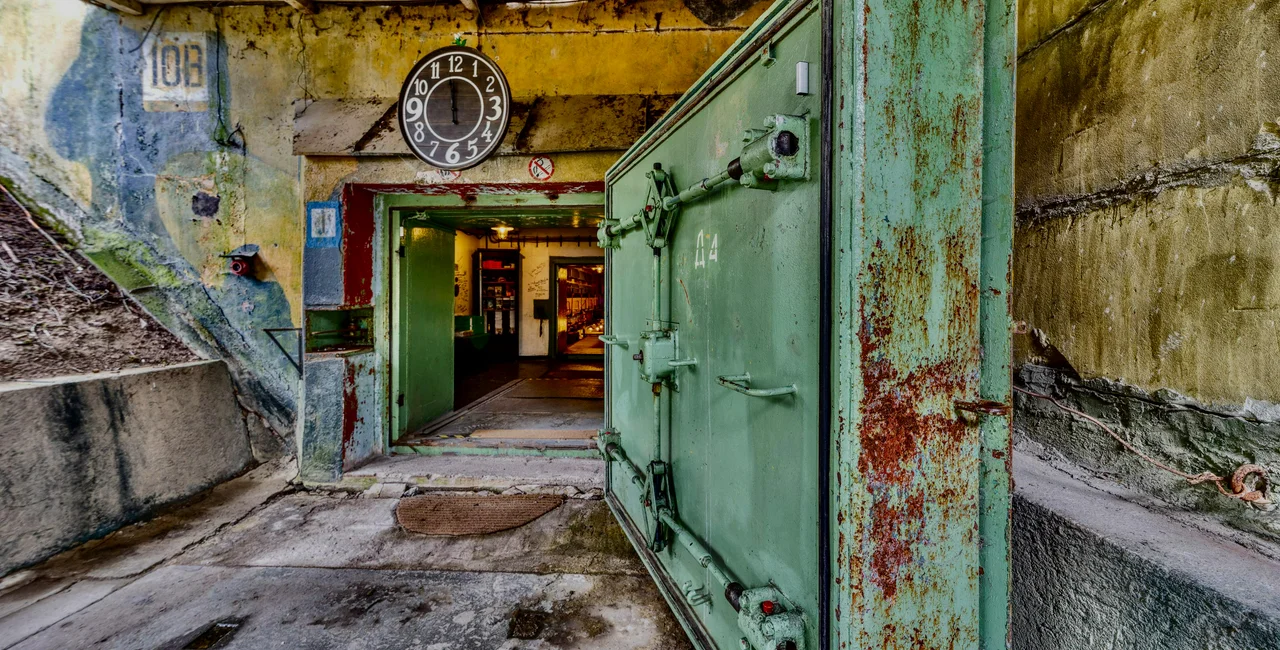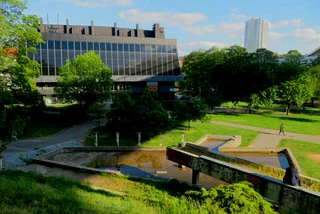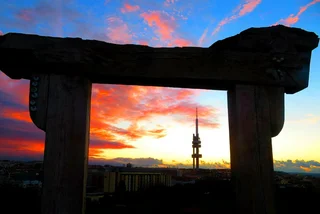Many people are looking for some summer adventure, but are reluctant to travel beyond the Czech borders due to the ever changing rules. Atom Muzeum, a bunker that used to store Soviet nuclear short-range nuclear missiles, recently reopened in the former military area in Brdy, some 90 kilometers southwest of Prague. While the nuclear material is gone, there is still lots to see including “training bombs” and remains of technical equipment.
It is the only facility of its kind open to the public in the world. In the former Eastern bloc, there were some two dozen similar launch sites. Other Cold War sites are open to the public in the Czech Republic and across the globe, but these are mostly fallout shelters.
The museum, which originally opened in 2013, had to close last year not only due to the pandemic but also due to legal issues. According to the Nadace Železná Opona (Iron Curtain Foundation), the Czech Environment Ministry raised last-minute objections to the contract to sell the bunker.
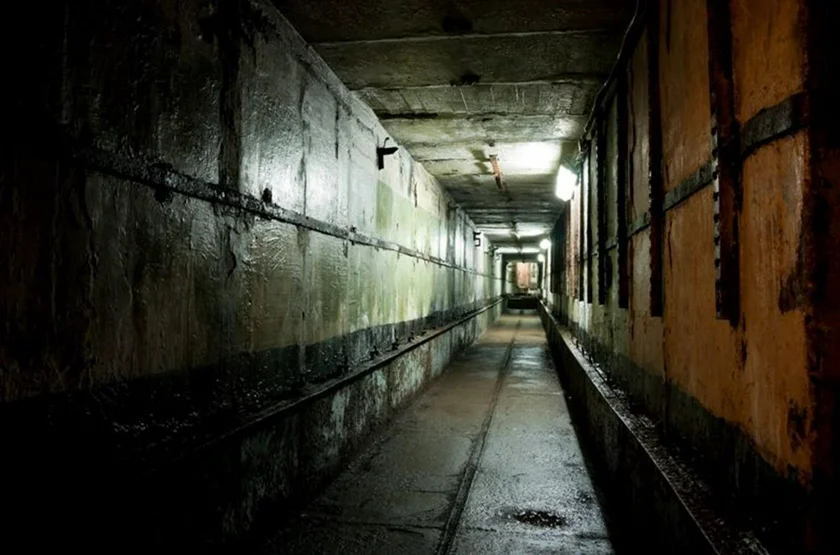
Those issues have now been settled, and the foundation at the start of 2021 even took over ownership of another nearby former storage facility. In the long term, the foundation plans to expand the museum with a new visitors center that would become a dignified memorial to the Cold War, and make it more attractive for families.
Displays will also explain nuclear elements, showing some natural example of radioactive rocks in a cloud chamber. The goal is to teach people about the legacy of the Cold War, especially as it relates to the possibility of nuclear war.
Right now though, the museum building is in a bit of disrepair, as one would expect of a once-abandoned military structure. It is sort of bare-bones, without even a refreshment stand yet.
The bunker’s location was one one of the most highly guarded secrets in Czechoslovakia. Only Soviet military staff – in rotating four-member groups – was allowed to enter the bunker. Czechs were not allowed inside. A total of 170 to 180 staff worked at the bunker, answering directly to Moscow.
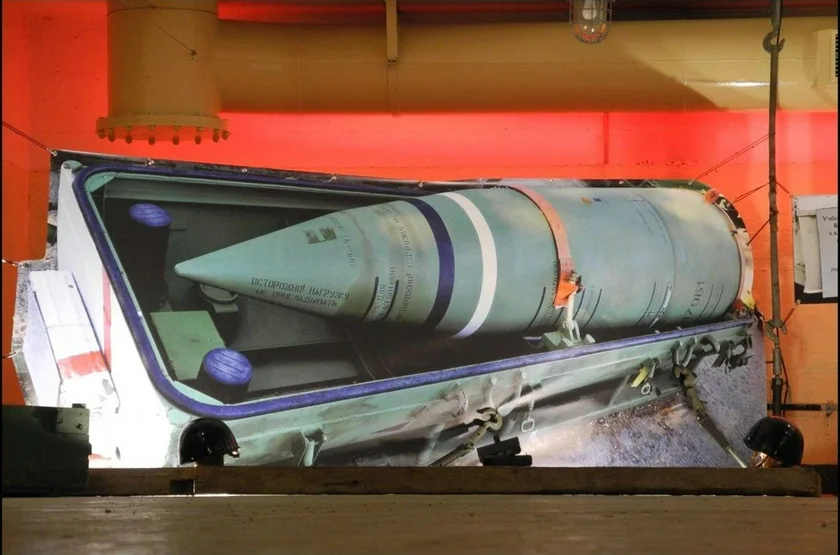
There were three perimeter fences to keep out the curious, and shoot-on-sight orders issued to the guards. Some of the fencing is still in place. The space above the bunker was a no-fly zone, with MiGs on call to pursue any violators.
Inside the bunker, which was operational from 1968 to 1991, was a stash of short-range ballistic missiles with nuclear warheads. Reportedly, the warheads were on Tochka, Luna, and Scud missiles, all of which could be launched from the back of truck-like mobile military vehicles. They would have been capable of hitting several cities in West Germany. The decision to build the site was made in 1964 as joint Czechoslovak-Soviet venture. The warheads remained Soviet property.
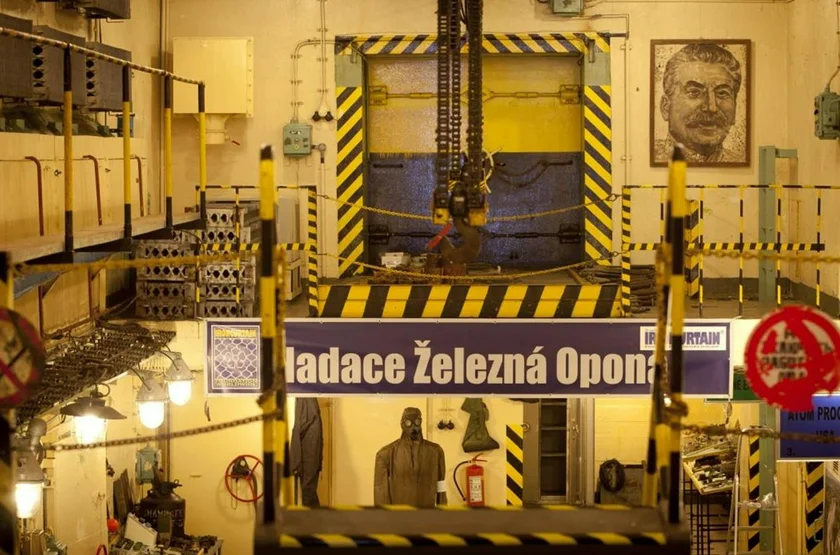
There is a legend that musician Michael Kocáb, who was part of the Czechoslovak government team that negotiated the exit of Soviet troops in 1991, picked up one of the phones on a desk when he came to visit the museum shortly after it first opened. A Russian-speaking person answered on the other end. Václav Vítovec, the head of Nadace Železná Opona, told daily Deník.cz that all the phone cables have been cut anyway just in case, even though the story has never been confirmed.
The former bunker, officially called Javor-51, is hidden in a forest and not easy to reach. From the bus stop at the village of Mišov, in the Plzeň-jih district, visitors have to follow a two-kilometer trail by foot. It is also possible to drive to the museum, but the road is not paved. The museum is only open for tours on Saturdays from 1 pm, and reservations can be made online. Seeing the facility takes about an hour. There are also nature sights in the area, including some ponds, that can fill out a full day of hiking.
Details on how to visit can be found on the museum’s website.












 Reading time: 3 minutes
Reading time: 3 minutes 